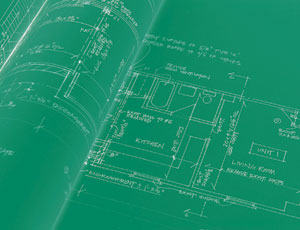Changes in LEED version 3 also known as LEED 2009, are focusing project teams on strategies to save energy and water, reduce CO2 emissions and address issues impacting their region.

In prior versions, credits were all created equal.

DEANE
“Measurement and verification of your mechanical system was given the same weight as a bicycle rack,” says Michael Deane, vice president and chief sustainability officer at New York-based Turner Construction.
Critics charged that weighing credits equally did not properly emphasize energy consumption and climate change impacts. Others complained LEED did not account for regional differences in environmental priorities.
With v.3, released in November 2008, the U.S. Green Building Council (USGBC) revised LEED to address these criticisms, upgraded LEED online and created the Green Building Certification Institute (GBCI) to provide third party certification and professional credentials.

KLIWINSKI
Reweighting Credits “The basic application of the credits, the technologies, the strategies and the way you use the rating system in an integrated design process is the same,” says Jason Kliwinski, director of sustainable design, The Spiezle Group, Trenton, N.J. “The biggest change overall is the way the entire rating system was reweighted based on carbon footprint and fossil fuel use.”
Now credits promoting energy efficiency and CO2 reduction receive more points. For example, the credit for alternative public transportation access is now worth 6 points since it has a tremendous impact on fossil fuel use and carbon footprint,” Kliwinski says.
With the reweighting, energy and atmosphere credits account for 32 percent of potential points, compared to 24 percent in LEED for New Construction v 2.2. Point ranges for Optimize Energy Performance increased from 10 to 19 and On-Site Renewable Energy points jumped from three to seven.

GREENBERG
“For renewable energy, USGBC doubled the number of available credits by fine tuning the point gradation and adding a lower category,” says Robin Auchincloss, Senior Associate, Dattner Architects, New York. “We anticipate more opportunities to try renewable energy since there is now this lower credit point that you can achieve.”
All LEED rating systems have been standardized on a 100-point scale, with10 additional points for innovation and regional priorities. Projects earning 40 points qualify for certification, 50 points are needed for Silver, 60 for Gold and 80 for Platinum.
The reweighting and standardization changed the relative value of each point. “If it takes 26 points for certification...

Post a comment to this article
Report Abusive Comment